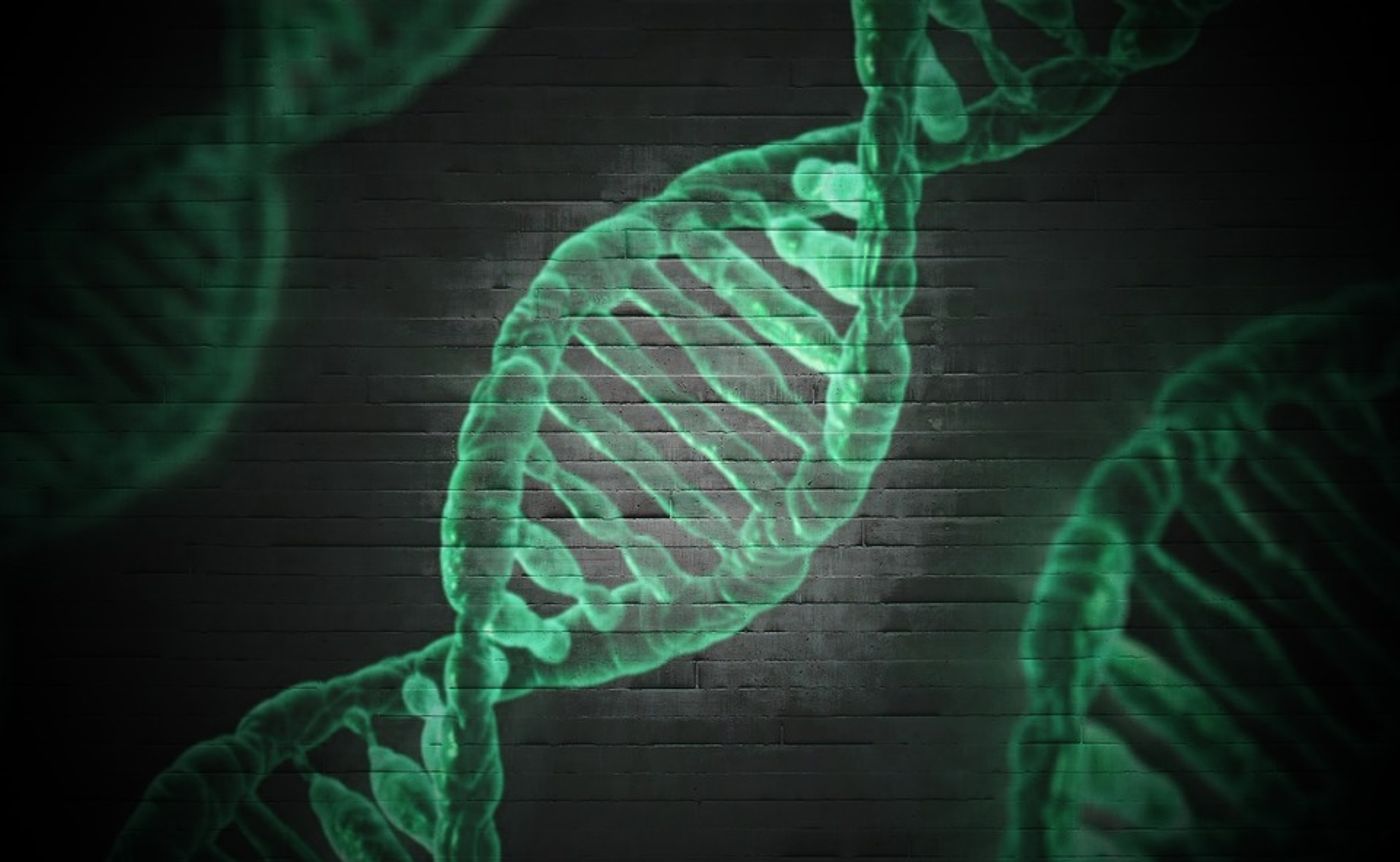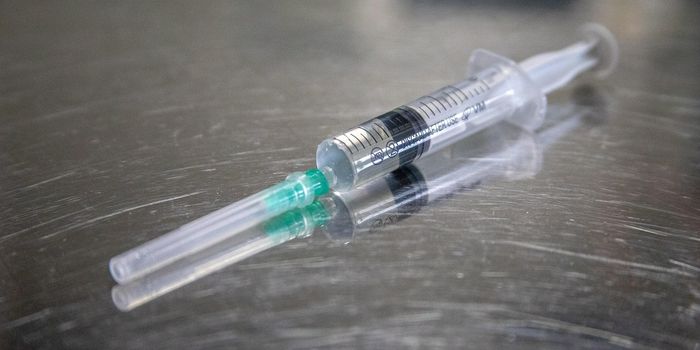Cancer Hoodwinks the Immune System into Helping it Survive
In yet another report, researchers demonstrate the cunning capabilities of cancer cells to evade death. This time, scientists from Dublin show how cancer cells hoodwink the immune system into helping them survive, rather than destroying them.
The immune system is a complex network designed to protect us from infection and also promote wound healing. In particular, wound healing occurs when the body senses damage, which trigger a cascade of cells and proteins to the affected site. Not only do the reinforcement squad deliver extra nutrients and oxygen to the damaged cells, they also include a legion of cells whose job is to kill any foreign invaders.
But for some types of cancer, researchers observe that the normal immune response appears to be dismantled. Rather than destroying the cancer cells, the immune system seems to not even recognize that there’s injury to the healthy cells. This twisted response is why some researchers label cancer as “wounds that do not heal.”
The ability for cancer to deceive the immune system may be due to a very specific molecule, report scientists from the Smurfit Institute of Genetics at Trinity College Dublin.
The key molecule in the hot seat is known as TNF-related apoptosis inducing ligand or TRAIL. As the name implies, this molecule triggers apoptosis, a form of cell death. Ironically, many types of cancers have a high abundance of TRAIL molecules despite continually cheating cell death. The reason, researchers found, is that cancer has re-wired the TRAIL response.
In particular, Trinity scientists report that cancer use this molecule to send wound-healing messages from the tumor cells. This tricks the immune system into ignoring the tumor as an invader. Furthermore, the immune system ends up helping the tumor grow by sending more nutrients and oxygen to the tumor, as if the tumor was damaged tissue that needed repair.
"Understanding how cancers turn on the wound-healing response has been mysterious, so we are very excited to find that certain cancers exploit TRAIL for that purpose,” said Dr. Seamus Martin, the study’s senior author.
This mechanism may behind many cancers including breast, lung, and ovarian cancer, in which the body’s own immune system appears to aid the tumor more than the host.
“We realized over the past five to seven years that lots of immune cells don’t appear to be responding to treatment, and you say why isn’t it doing anything,” said Dr. Martin. “Basically they’re being lured in by tumors who switch on a wound healing response so the body thinks it’s healing.
“We looked at how various tumors don’t seem to die and found that they’re essentially being rewired in this way,” he explained. “It’s like if you have a light switch and it’s wrongly wired and not functioning correctly – that is similar to what we are seeing.”
The findings highlight cancer’s insidious nature. However, it also points to new avenue for therapy – one in which we attempt to turn off the TRAIL switch in cancer and allow the immune system to work as it is supposed to.
Additional sources: MNT









